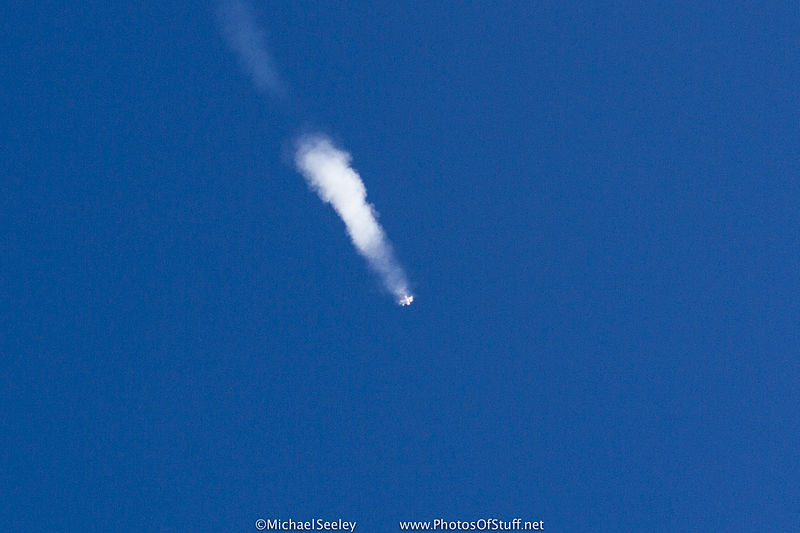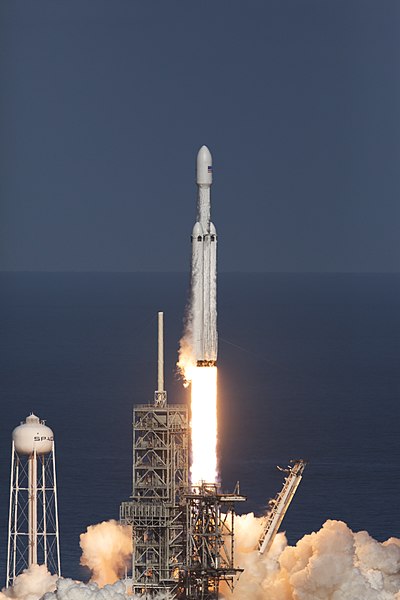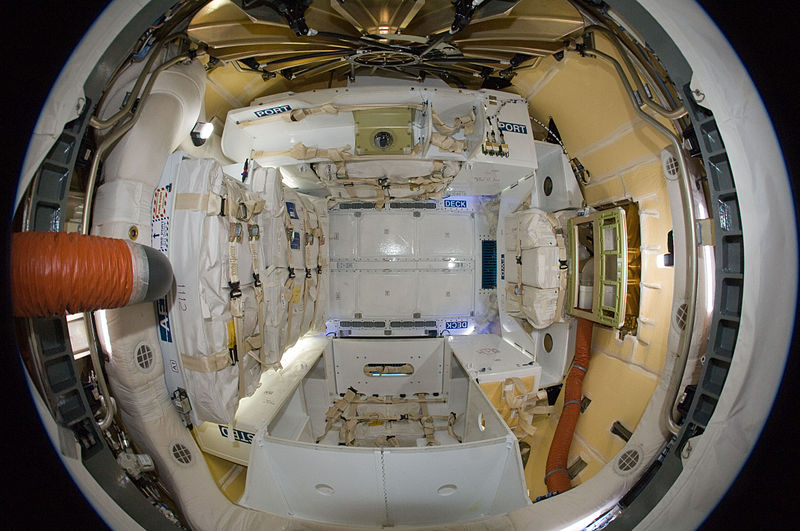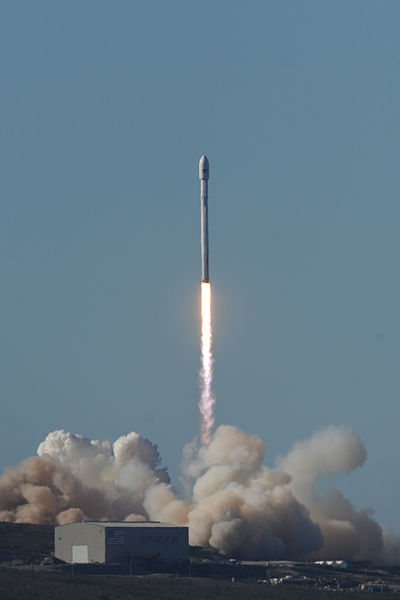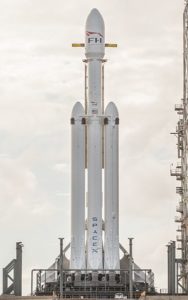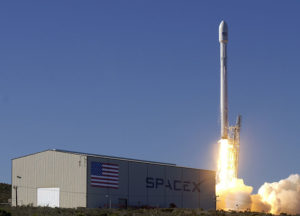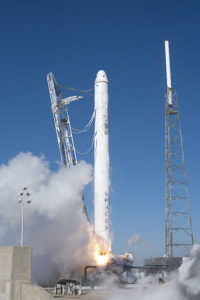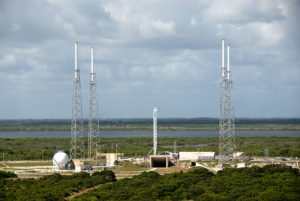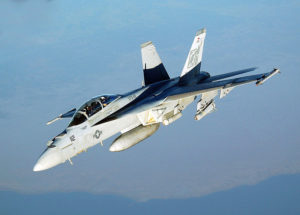SpaceX has successfully launched its 21st rocket of the year –
smashing its previous record, which is its first national security mission in
the process.
At 8.51a.m. Eastern Time, December 23, a Falcon 9 rocket lifted off from Cape Canaveral with a new GPS 3 satellite built by Lockheed Martin for the U.S. Air Force. The launch had been delayed several times the last week, but finally took off on Sunday.
This was the 20th Falcon 9 rocket flight
this year, and SpaceX’s 21st flight in total, including the Falcon Heavy launch
in February. The previous record was last year- 18 launches.
This launch does not aim a landing, unlike SpaceX’s recent launches. The full performance of the rocket will take the satellite on board to its intended orbit about 1,200 miles above the Earth.
In 2016 SpaceX were awarded an $83 million contract to launch this satellite, which is worth half a billion dollars. This is the first of a class of new GPS satellites that are being built by Lockheed Martin.
Lockheed Martin developed and manufactured GPS 3 at its advanced $128-million GPS 3 Processing Facility near Denver. In September 2017, the Air Force declared the satellite “Available for Launch”, AFL, and had the company place it into storage. Last Summer the Air Force ordered the satellite for launch and Lockheed Martin delivered it to Florida on August 20. The satellite is nicknamed the Vespucci after Italian explorer Amerigo Vespucci and has a lifespan of 15 years .
The launch was originally scheduled for May 2018, however, it
was delayed as tests of new Block 5 rocket had being continuing. SpaceX is currently
contracted to fly four more GPS satellites, worth more than $380 million in
total.
The goal of Vespucci will be to
replace an existing old GPS satellite that has been in orbit since 1997. The
new satellite, GPS 3, known as SV01, boasts some advanced capabilities over its
predecessor, including three times better accuracy and up to eight times
improved anti-jamming capabilities.
According to Forbes.
